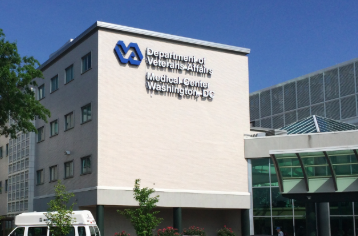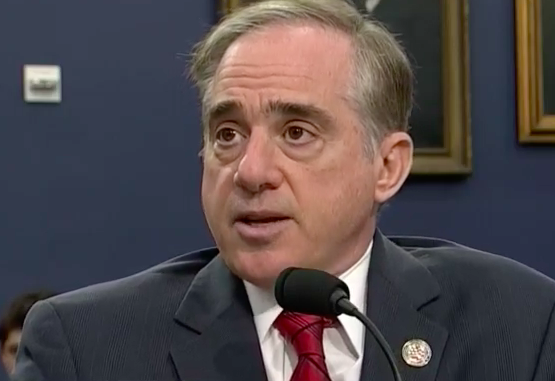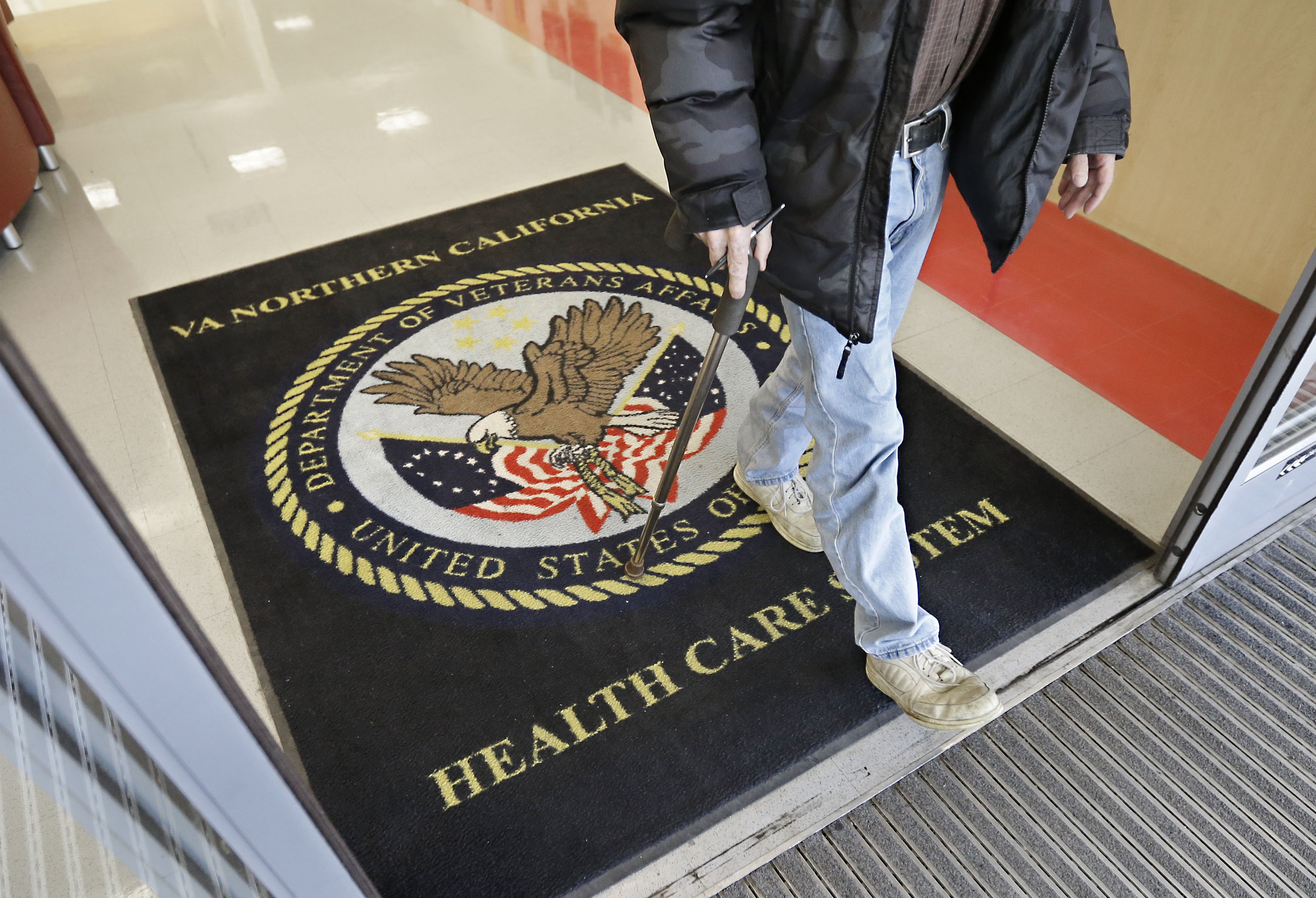DC’s VA Medical Center Still Hasn’t Processed 1,550 Inches of Pages in Patient Records

Following up on last year’s scathing report revealing systemic corruption within the Department of Veterans Affairs and dangerous conditions at Washington, D.C.’s VA Medical Center, the Office of the Inspector General found that D.C.’s VA Medical Center still hasn’t processed 1,550 inches of pages in patient records dating back to 2014, which could pose a serious health risk to countless veterans.
One local D.C. veteran who serves as a deputy director for Veterans of Foreign Wars (VFW), Michael Figliogli, told InsideSources that the backlog is the “worst I’ve heard of in my 10 years [of working for veterans].”
The new report, filed earlier this week on the OIG’s website, summarizes the Inspector General’s findings after visiting the medical center in May 2018, just two months after releasing the initial damning report detailing dangerous conditions at the medical center.
According to the report, because the medical center did not scan the patient records into the electronic health records (EHR) system, “this caused patient results within these records to not be available to healthcare providers. As of the May 2018 OIG visit, the contractors were apparently still unable to access the EHR system to commence document scanning.”
If healthcare providers don’t receive updated medical records, the OIG said, this can prevent them from “accessing patient results to perform a comprehensive evaluation of the patients’ healthcare needs and provide timely quality care.”
Failing to process medical records for veterans with sensitive medical conditions like Post-Traumatic Stress Disorder (PTSD), suicidal tendencies, or a variety of debilitating physical conditions can severely impact veterans’ quality of life and can even result in loss of life.
The VA told InsideSources in an email that 800 inches “consist of redundant information, such as discharge instructions” and argued they have “no impact on patient care.” This report also includes this official response from the VA regarding the OIG’s findings.
Medical journals dispute the assertion that discharge instructions have no impact on patient care. On the contrary, one study conducted by the National Center for Biotechnology Information (a division of the National Institute of Health) asserts that discharge instructions do impact the health of the patient and whether the patient develops complications and returns for additional care.
According to the VA, the enormous backlog is due to contractors struggling to access the EHR system.
“The facility awarded contracts to seven companies to scan backlogged documents into the EHR in January 2018; however, the administrative processing of contracted staff caused further delays,” the OIG reported. “Only after the Facility contacted the National Contracting Office for their assistance did the VISN Contracting Officer approve and submit the contract for processing by the Veteran Service Center on April 11, 2018. As of the May 2018 OIG visit, the contractors were apparently still unable to access the EHR system to commence scanning the documents.”
The medical center claims it “is utilizing additional resources within the Medical Center to reduce the backlog.”
Despite all the OIG recommendations from the initial report for the medical center to improve its conditions and safety features, the OIG found more examples of negligence and incompetence.
In one case, the OIG found that a “patient’s provider did not order anticoagulant medication after a coronary artery bypass graft surgery. One week later, the patient was re-admitted to the Facility with a diagnosis of pulmonary embolism — a life-threatening condition that could have been related to the lack of the appropriate anticoagulation medication.”
Throughout the report, the OIG repeatedly calls for more oversight, training and continuity in leadership to address the center’s issues. For the past several years, the center has had no permanent, full-time director.
Figlioli told InsideSources that “everyone was alarmed” by last year’s report, and said while he has not had a “super negative experience” with the D.C. center, he thinks the center needs more training and oversight.
“I think this is a byproduct of a lack of full time employees across nationwide healthcare, especially the VA, there’s thousands of vacancies,” he said. “If you have less people take on more tasks, focus gets lost.”
Dawn Jirak, another deputy director for who served as a U.S. Air Force medic for 20 years, told InsideSources that she thinks the center needs consistent leadership and accountability. She also said she visited the D.C. center once, but did not return because it wasn’t friendly and seemed “overly crowded and less medically organized.”
“Having worked in a hospital, I know every time you come on shift, you do the rounds and check the expiration dates on medication, so that should be done daily on every shift,” she said. But according to the OIG report’s findings, employees were not doing that. “A lot of the problem is the lack of continuity with the leadership. People are changed out every quarter. You don’t have the vested interest. You may want to make things better, but you’re only there for a couple months and you know people can’t get stuff done.”
For years, the VA has struggled to fill job vacancies, especially in medical centers. Part of the problem, Jirak said, is the jobs require security clearance and extensive background checks, which deter people from applying. As the report notes, the contractors hired to process the 1,550 inches of patient records struggled to get clearance, which further delayed the backlog.
That said, Jirak thinks the 1,550 inches of backlogged records is fairly common for the VA.
“I cannot say exactly how many inches of paperwork are floating around at the facilities, but I can say that the conversion from hard records to electronic records takes a long time, and it is an issue,” she said. “When I was on active duty, all the papers had to be filed (physically). And we had several feet of unfixed paperwork. All the medtechs had to come in on the weekend to file the paperwork, because it’s a big deal when the doctors don’t have the right paperwork. There is no continuity in [patient] care.”
Again, the root of the problem lies in consistent oversight, accountability, and the overwhelming number of job vacancies across the VA.
“A lot of it has to do with not micromanaging, but holding people accountable for what they’re supposed to be doing,” she said. “I think best practices from other medical centers need to be shared.”
This story was updated to include the VA’s response on February 1, 2019 at 9:00 a.m.




